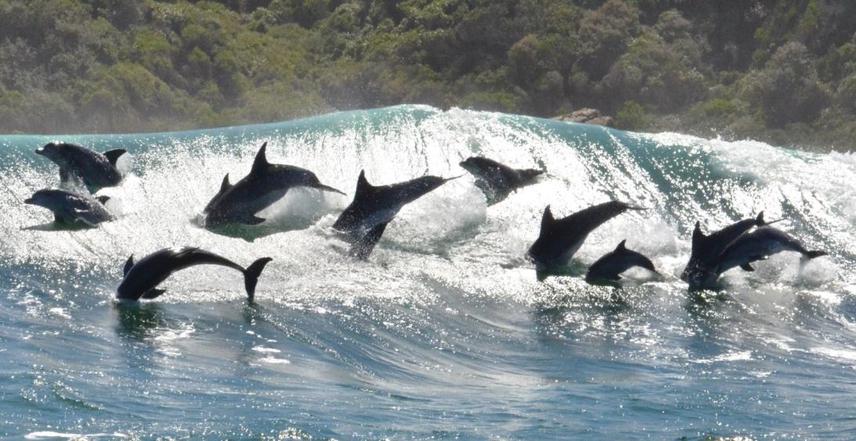Olga Alejandra Vargas Fonseca
Other projects
30 Mar 2016
Assessing the Effectiveness of Marine Protected Areas for Inshore Dolphin Conservation Using Aerial Surveys to Determine Distribution, Abundance and Habitat Use
17 May 2024
Traditional Ecological Knowledge of Dolphins in South Africa: A Case Study of an Integrated Approach for Conservation of the Indian Ocean Humpback Dolphin
To have a better understanding of the movement patterns, genetic and acoustic characteristics of the Indo-Pacific bottlenose dolphins visiting the select coastal area

Until 1998, all bottlenose dolphins were considered members of the single species the common bottlenose dolphin T. truncatus. In that year, the Indo-Pacific bottlenose dolphin (T. aduncus) was first recognized as a separate species. Much of the older scientific data in the field combine data about the Indo-Pacific bottlenose dolphin and the common bottlenose dolphin into a single group, rendering it of little use in terms of investigating population trends, traits and status of the two species. Because of this situation, the IUCN Red List of endangered species lists T. aduncus as data deficient (Hammond et al., 2012).
The current habitat use and characteristics of marine top predators’ populations along South Africa’s coast is generally poorly understood. A recent global assessment of the current designation of MPAs and their role in serving as a refuge for marine top predators has indicated an inadequate spatial coverage to serve their conservation needs. Marine top predators such as T. aduncus are highly mobile species that target biological ‘hotspots’ which are areas of high productivity that should ideally be incorporated into MPA networks.
The Indo-Pacific bottlenose dolphins largely utilize inshore waters and are therefore susceptible to anthropogenic pressures. By examining their abundance, spatial distribution, and habitat use of T. aduncus, these species often provide an accessible window into the ecology of marine ecosystems and are good indicators on the state and health of the marine environment. Through population genetics and acoustic analysis this study will differentiate the groups migrating through the year in the study area. This information will be valuable to determine the population and subpopulation distributions and characteristics along the coast.